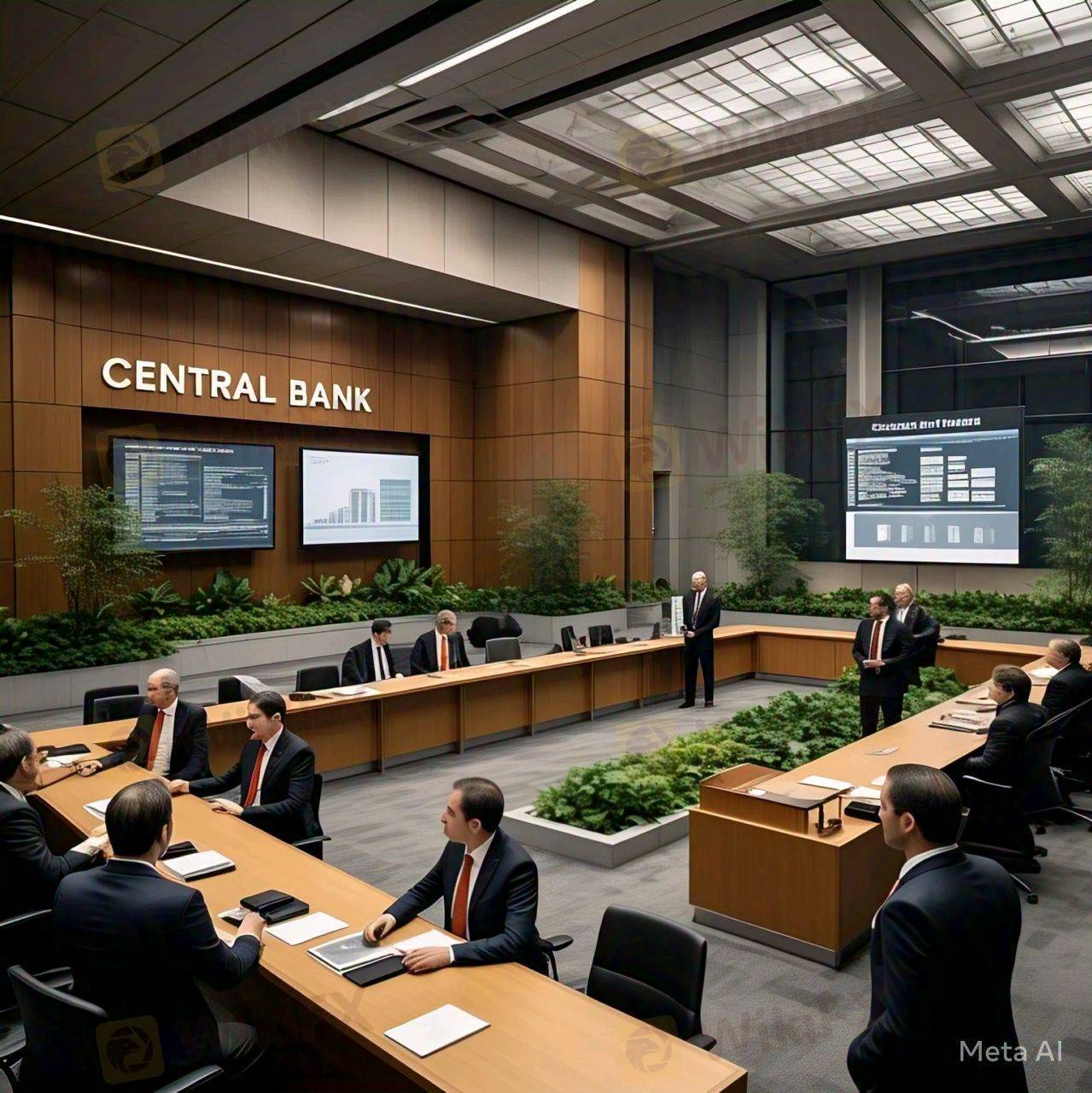
2025-02-13 18:55
IndustryThe role of central banks in controlling inflation
#firstdealofthenewyearastylz
Here's a detailed explanation of the role of central banks in controlling inflation through monetary policy:
Monetary Policy Tools
Central banks use various monetary policy tools to control inflation:
1. *Interest Rates*: Central banks set short-term interest rates to influence borrowing costs and spending habits.
2. *Open Market Operations*: Central banks buy or sell government securities to inject or absorb liquidity in the economy.
3. *Reserve Requirements*: Central banks set reserve requirements for commercial banks to influence their lending and borrowing activities.
How Monetary Policy Controls Inflation
When inflation rises, central banks can use monetary policy tools to reduce demand and curb inflation:
1. *Increasing Interest Rates*: Higher interest rates make borrowing more expensive, reducing consumption and investment.
2. *Reducing Money Supply*: Central banks can sell government securities to reduce the money supply and decrease demand.
3. *Increasing Reserve Requirements*: Higher reserve requirements reduce the amount of money available for lending, decreasing demand.
Challenges and Limitations
Central banks face challenges and limitations when using monetary policy to control inflation:
1. *Time Lag*: Monetary policy changes can take time to affect the economy.
2. *Uncertainty*: Central banks must balance the risks of inflation and economic growth.
3. *Global Economic Conditions*: Central banks must consider global economic conditions when making monetary policy decisions.
Examples of Central Banks' Actions
1. *Federal Reserve (US)*: Raised interest rates in 2015-2018 to combat inflation and slow economic growth.
2. *European Central Bank (ECB)*: Implemented quantitative easing in 2015 to stimulate economic growth and combat low inflation.
3. *Bank of England (UK)*: Raised interest rates in 2017 to combat inflation and slow economic growth.
Conclusion
Central banks play a crucial role in controlling inflation through monetary policy. By adjusting interest rates, money supply, and reserve requirements, central banks can reduce demand and curb inflation. However, central banks must balance the risks of inflation and economic growth while considering global economic conditions.
Like 0

Hopefully
Trader
Hot content
Industry
Event-A comment a day,Keep rewards worthy up to$27
Industry
Nigeria Event Giveaway-Win₦5000 Mobilephone Credit
Industry
Nigeria Event Giveaway-Win ₦2500 MobilePhoneCredit
Industry
South Africa Event-Come&Win 240ZAR Phone Credit
Industry
Nigeria Event-Discuss Forex&Win2500NGN PhoneCredit
Industry
[Nigeria Event]Discuss&win 2500 Naira Phone Credit
Forum category

Platform

Exhibition

Agent

Recruitment

EA

Industry

Market

Index
The role of central banks in controlling inflation
 Nigeria | 2025-02-13 18:55
Nigeria | 2025-02-13 18:55#firstdealofthenewyearastylz
Here's a detailed explanation of the role of central banks in controlling inflation through monetary policy:
Monetary Policy Tools
Central banks use various monetary policy tools to control inflation:
1. *Interest Rates*: Central banks set short-term interest rates to influence borrowing costs and spending habits.
2. *Open Market Operations*: Central banks buy or sell government securities to inject or absorb liquidity in the economy.
3. *Reserve Requirements*: Central banks set reserve requirements for commercial banks to influence their lending and borrowing activities.
How Monetary Policy Controls Inflation
When inflation rises, central banks can use monetary policy tools to reduce demand and curb inflation:
1. *Increasing Interest Rates*: Higher interest rates make borrowing more expensive, reducing consumption and investment.
2. *Reducing Money Supply*: Central banks can sell government securities to reduce the money supply and decrease demand.
3. *Increasing Reserve Requirements*: Higher reserve requirements reduce the amount of money available for lending, decreasing demand.
Challenges and Limitations
Central banks face challenges and limitations when using monetary policy to control inflation:
1. *Time Lag*: Monetary policy changes can take time to affect the economy.
2. *Uncertainty*: Central banks must balance the risks of inflation and economic growth.
3. *Global Economic Conditions*: Central banks must consider global economic conditions when making monetary policy decisions.
Examples of Central Banks' Actions
1. *Federal Reserve (US)*: Raised interest rates in 2015-2018 to combat inflation and slow economic growth.
2. *European Central Bank (ECB)*: Implemented quantitative easing in 2015 to stimulate economic growth and combat low inflation.
3. *Bank of England (UK)*: Raised interest rates in 2017 to combat inflation and slow economic growth.
Conclusion
Central banks play a crucial role in controlling inflation through monetary policy. By adjusting interest rates, money supply, and reserve requirements, central banks can reduce demand and curb inflation. However, central banks must balance the risks of inflation and economic growth while considering global economic conditions.
Like 0
I want to comment, too
Submit
0Comments

There is no comment yet. Make the first one.

Submit
There is no comment yet. Make the first one.